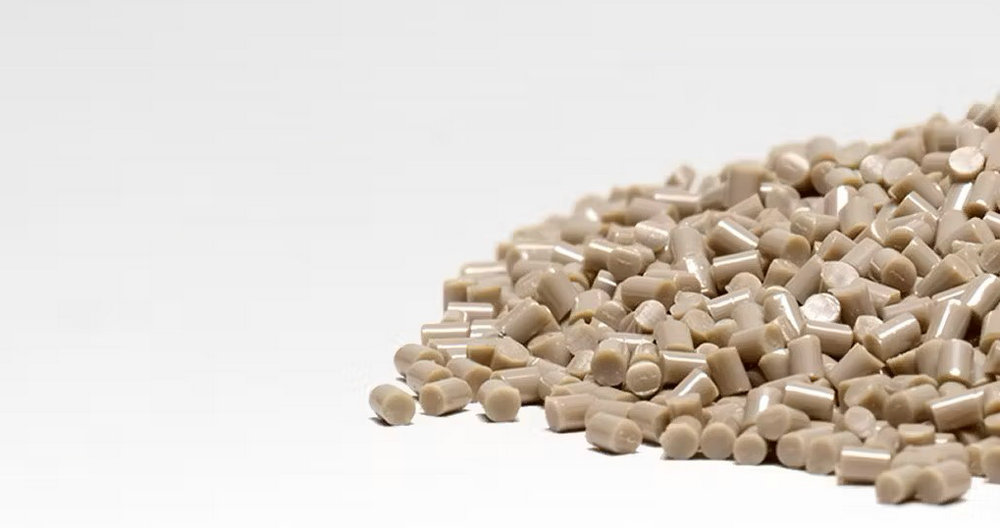
_______________________________________________________________________________________________________________________________________________________________________
Nucleophilic Substitution Route (Mainstream Method)
Most mainstream companies use the nucleophilic substitution method. Patent innovation from various companies usually focuses on condensing agents.
Victrex (UK) first successfully developed PEEK synthesis in the 1970s.
Industrial-scale production started in 1987 using a method involving fluoroketone and hydroquinone.
Most Chinese companies also adopt this method.
Electrophilic Substitution Route (Less Common)
Solvay acquired India’s Gharda, which once filed a patent based on the electrophilic route.
It is unclear whether Solvay's current production uses this method.
According to a thesis from Fudan University (Ren Wenqing), industrialized PEEK synthesis mainly follows the nucleophilic route.
European Patent EP0174207
Describes the synthesis of PEEK via Friedel-Crafts acylation reactions.
US Patent US 6881816 (Gharda’s Patent)
Uses Phenoxyphenoxybenzoic acid (PPBA) as the monomer.
The reaction occurs in methanesulfonic acid (MSA) with condensing agents like MSA anhydride, phosphorus pentoxide (P₂O₅), or thionyl chloride (SOCl₂).
The carboxylic acid reacts with the para-position of the phenyl ether to form a ketone bond while releasing water.
Products synthesized via electrophilic and nucleophilic substitution differ in reaction mechanisms and final properties.
Nucleophilic Substitution Route
Higher molecular weight
Narrower molecular weight distribution
Electrophilic Substitution Route
Lower molecular weight
Broader molecular weight distribution
Reactants: Fluorinated monomers and base catalysts (Na₂CO₃, K₂CO₃, SrCO₃)
Mechanism: SNAr (nucleophilic aromatic substitution)
Result: Higher-quality PEEK with a molecular weight >50,000 Da and PDI (Polydispersity Index) between 1.2–1.5
Reactants: Acyl chlorides, catalysts like AlCl₃
Mechanism: Friedel–Crafts acylation
Result: PEEK with lower molecular weight (<20,000 Da) and PDI >2.5
Reaction Type
Nucleophilic: Base catalysis, SNAr mechanism
Electrophilic: Acid catalysis, Friedel–Crafts mechanism
Reagents and Catalysts
Nucleophilic: K₂CO₃/Na₂CO₃, monomers with fluoride groups
Electrophilic: AlCl₃, PPBA-COCl
Molecular Characteristics
Nucleophilic: Mw = 30,000–80,000, PDI = 1.3–2
Electrophilic: Mw ≈ 15,000, PDI >3
Purity and Conversion Efficiency
Nucleophilic: High purity (>95%), consistent conversion
Electrophilic: Lower purity, limited commercial application
Although the electrophilic route has theoretical and academic interest, the nucleophilic substitution method remains the dominant industrial synthesis route for PEEK due to its higher molecular weight and consistent performance characteristics.